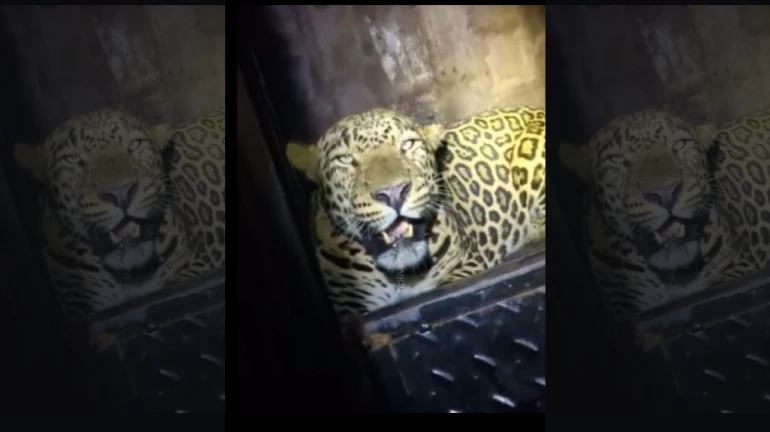
In the wee hours of Tuesday, April 23, a leopard that had been roaming inside the Vasai Fort for 25 days was finally caught.
The forest officials placed the animal in a cage around 3:30 am. This fort, a famous spot for visitors and photographers, had been under strict watch since leopard tracks were discovered on March 29.
The initial sighting of the leopard had caused fear among the locals. In response, the forest department, along with local non-governmental organisations, initiated a search operation. Their efforts ended when the leopard was lured into one of the traps set up around the fort.
Earlier, footage of the leopard being removed from its cage by forest rangers circulated on social media platforms.
To capture the leopard, the forest department had imposed a closure of the area at 7 pm. However, the curfew was followed inconsistently. Since the end of March, teams from the forest department and two NGOs have been stationed near the fort's ruins. Despite a brief reopening on Friday evening, the area was closed again on Saturday night. Notably, all access points to the fort, which had been barricaded by the forest service, were opened.
The nearby villages of Pachu Bandar and Killa Bandar, with a combined population of about 16,000, have not reported any human-leopard conflicts since the leopard was first spotted. Officials had been awaiting instructions from higher authorities before setting up traps to capture the leopard. They were authorised to set up traps on April 15, which was the third week after the initial sighting. The cages were installed the next day, April 16.
Chickens were first used as bait in the cages, but the leopard proved too clever for this tactic. It is believed to be a male, which means it may have been previously captured. When the leopard showed no interest in the chickens, goats were then used as bait. It was also reported that the locations where the traps were set were not where leopards roamed.
Before releasing the leopard back into the wild, the forest department plans to conduct a thorough health assessment to ensure the animal's well-being.





